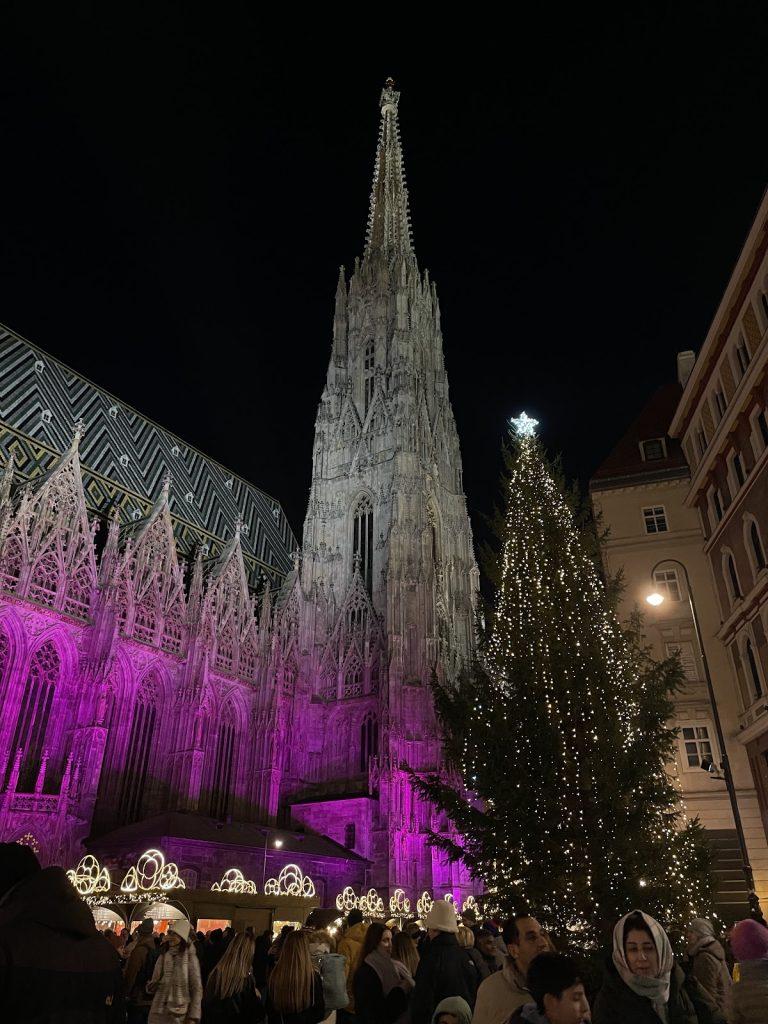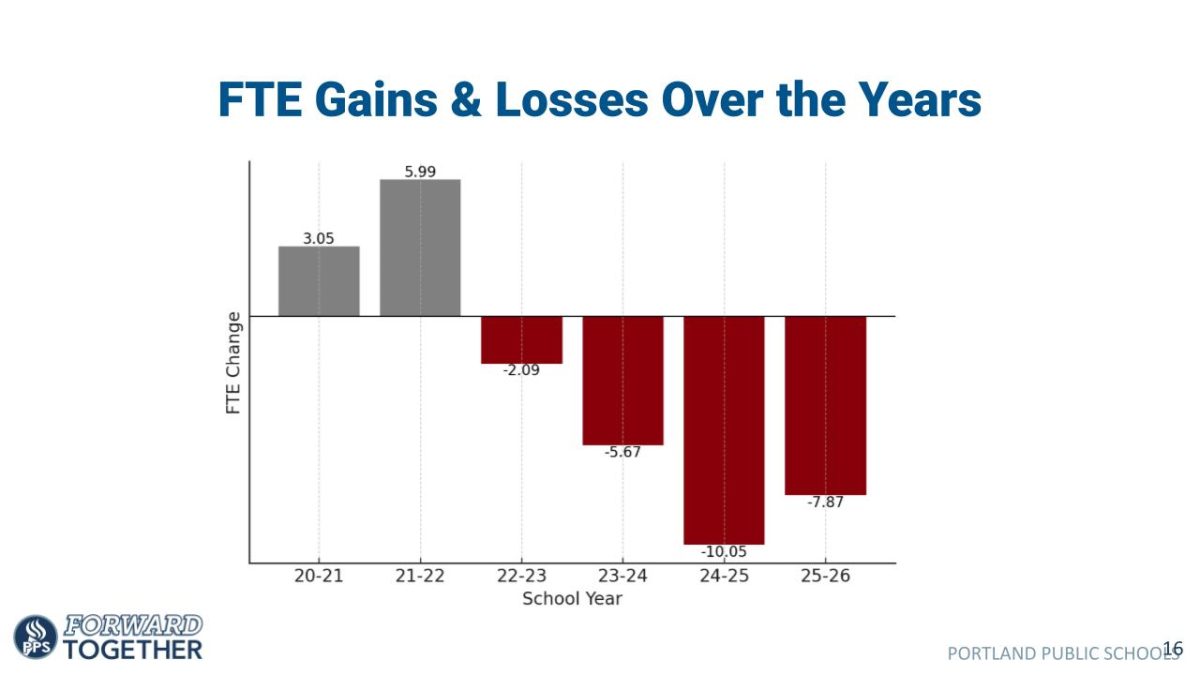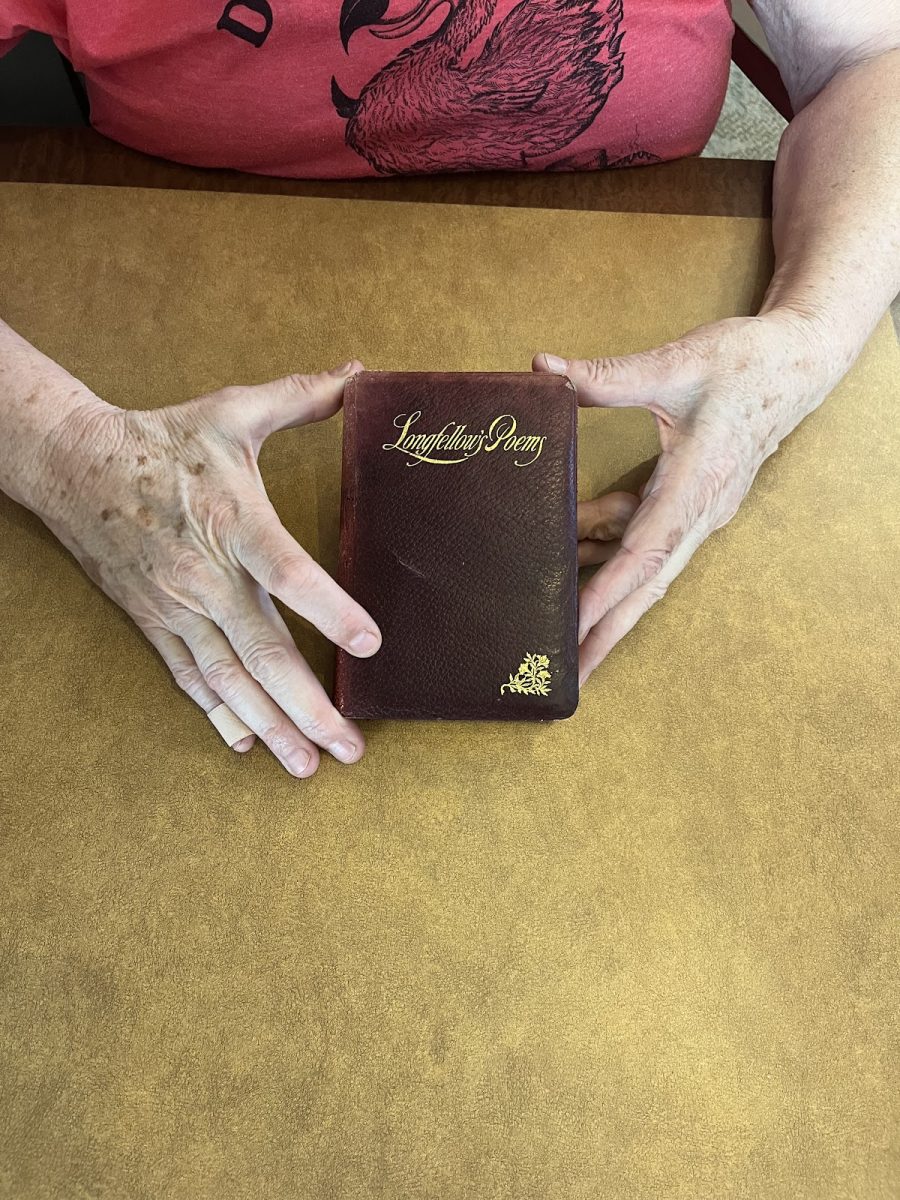
Christmas is a magical time of the year! People from all over travel to see family and friends, celebrating with their own special yuletide foods and traditions. Here in the U.S., many people celebrate Christmas by exchanging gifts and sharing a meal. Europe, while also practicing those traditions, has many traditions and foods that make this wonderful joyful holiday different from our own.
Around Christmas time, Americans often adorn their homes with lights, decorate a Christmas tree, and hang stockings, amongst the many other decorations. People go shopping for gifts for their loved ones and some spread Christmas cheer with caroling. These are just some of the many traditions that Americans have around the holidays.
In Europe, they have their own set of traditions. A common holiday tradition in Europe is Christmas markets. Picture this: rows of stands lining the cobblestone streets, some with foods like soups, dumplings, and pastries. Others have homemade wooden and glass ornaments, soaps, and winter accessories. Bustling crowds filled with laughter and the voices of the wide variety of European languages spoken. Crisp chilly air stinging your face, but being warmed up by the hot punsch — also known as hot apple cider — in your hands. Elegant old buildings surrounding you with lights and music. People in the streets ride in carriages led by horses as white as the thin layer of faintly scattered snow on the ground. Christmas markets are a cheerful thing to enjoy, and a great way to experience the foods and cultures of Europe.
Along with Christmas markets, ice skating is also very popular. In Vienna, Austria, there’s a huge ice skating rink — one of the biggest in the world — located next to the beautiful City Hall Square. The lit up ice skating rink is 8,500 square meters and makes for an extraordinary winter activity. In other European countries, ice skating is enjoyed on a frozen lake or pond, as well as skating rinks. Kačanka Vydrova, who lives in Břeclav, Czech Republic, says her favorite winter activity is ice skating with her friends.
While children in the U.S. countdown to Christmas day with their festive chocolate or candy advent calendars, children in Europe start celebrating on December 6. The evening before, kids hang up their stockings and if they were good all year, it is believed that Mikuláš — known as St. Nicholas in the U.S. — and his sidekick angel will fill up their stockings with small gifts for them to wake up to. If they weren’t good, čert, who is a devil, will put coal in their stockings. Though St. Nicholas is Santa in the U.S., Mikuláš is not the one who brings gifts on Christmas.
One huge difference between American and European Christmas is the day they actually celebrate the holiday. European countries like the Czech Republic, Germany, Poland, and many others, celebrate Christmas on December 24 — a day that is traditionally Christmas Eve in the U.S.
Europeans have many other Christmas traditions that are unlike what we’re used to. According to Alena Vydrova and František Nespor, many Europeans wait until dinner time to eat on their Christmas day because if they wait they believe that they will see a golden pig which symbolizes good luck. The golden color symbolizes the richness of gold as well as the golden rays of the sun. Another thing they do on that day is not take out the trash for the whole day because otherwise, they would be taking out their good luck. Single girls also throw slippers behind their heads and if the front of the slipper is pointing towards the front door, it is believed that the girl will get married before next Christmas and leave home. If the heel is pointing towards the front door, it is believed that she will not get married or leave home yet.
While Americans have ham or turkey, mashed potatoes, and cranberry sauce with apple pie or pudding for dessert, dinners in Europe look different. In European homes, a typical Christmas dinner may include duck, goose, fish, or potato salad. In the Czech Republic, the most popular dish is rybí polévka, also known as fish soup. This hearty traditional soup is made with carp, seasonings and spices, and vegetables. The carp also serves as a fried main course along with the soup. Traditionally, a few days before making this soup, a live carp is brought to the home and placed in the bathtub until Christmas. Until then, it swims around in your bathtub!
On my trip to Europe, I learned that countries like Poland and Czech always set up an extra spot at the dinner table in case an unexpected visitor shows up at their door. Once everyone sits down at the dinner table and food is served everyone must stay at the table until everyone is finished or else it’s believed that the whole family will not reunite at the next Christmas.
Some put fish scales under their plates to symbolize financial abundance to come, and later will put them in their wallets until the next Christmas dinner. After everyone has finished, each member of the family cuts an apple in half. If they have a five-pointed star in the middle everyone will reunite in good health next year, but if the center has the shape of a cross it is thought that an illness or death might be in the family in the coming year.
For dessert, it’s popular to have an assortment of homemade cookies also known as cukroví. There are jam filled cookies, rum and cocoa cookies, groundnut buttery cookies, and more! After dinner, children go to their rooms to play while the parents do the dishes. When a ringing bell is heard, it means that Santa — or whatever the country calls him — has brought presents. Meanwhile, Americans wait one more day.
No matter where or how you celebrate, Christmas is still a magical time of the year. When Christmastime rolls around again, I encourage you to adopt new holiday traditions from other countries to spice up your Christmas cheer!


































Amy Widger • Jan 18, 2024 at 8:26 pm
I so enjoyed reading about Czech and other European traditions, Sofie. I want to remember to review your informative piece next year to integrate some of the traditions (minus that scary devil) into my holidays next year.